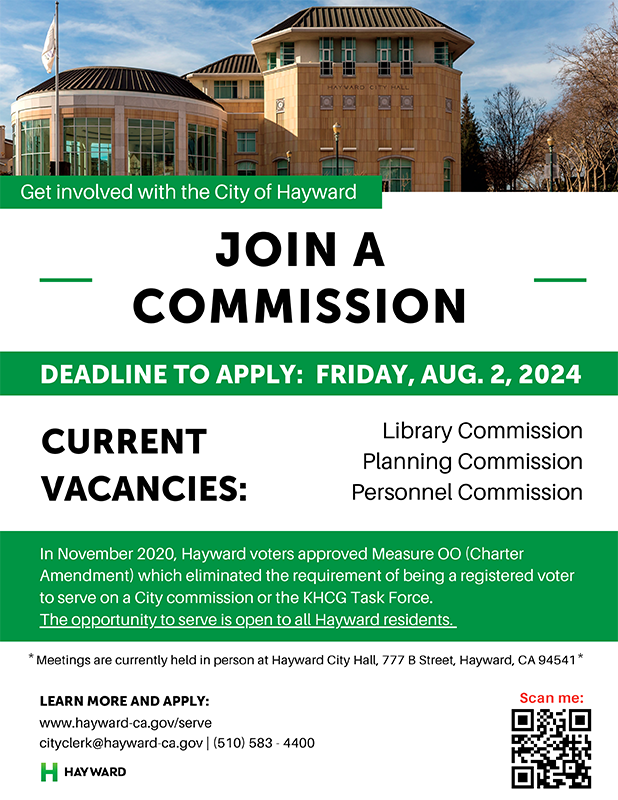If you study, live or work at CSU East Bay, you use energy. Lighting, technology, food preparation and temperature regulation, all require various amounts of power to provide the safe, comfortable environment required for a successful institute of higher education.
In The Pioneer article “CSUEB Pushes for Further Alternative Energy Use” mention is made of the fuel cell power plant, charging stations for electric cars, and the benefits of adding solar panels to the campus parking lots. But what would it take for CSUEB to become energy self-sufficient using solar, when during the fiscal year 2011-2012, the campus used just under 16 million kWh/year of electricity?
California High School, in San Ramon, has covered its parking lot with a canopy of solar panels. I contacted Cal High, and my email found its way to Richard A. Lowell, P.E. Director of Facilities and Development. Richard very kindly answered my questions, and told me California High was one of five schools simultaneously upgraded to solar by the San Ramon Valley Unified School District, for total project cost of $25 million. See: http://www.srvusd.net/solar
How many times bigger would a project the size of the SRVUSD solar implementation have to be, to fully meet the electrical usage needs of CSUEB? All five high schools produce 6,179,183 kWh/year of electrical. Dividing CSUEB’s annual requirement by SRVUSD’s schools output suggests a project for CSUEB that would be 2.58 times the SRVUSD project size – or 843,358sq/ft of solar canopy. Multiplying the cost of the SRVUSD project – $25 million – by 2.58 gives a cost of $64.5 million to meet CSUEB’s annual electrical needs.
Do we have enough available space to install 843,358sq/ft of solar panels, without covering every building and blade of grass? While not very scientific, using Google Map’s satellite view of the school and the image scale provided, I estimate parking lots E, F, G, H, J & K, have over one million square feet of space – more than adequate to meet CSUEB’s energy needs.
Installation of the solar panels might disrupt parking for a period of time, but probably no worse than caused by resurfacing. Then there is the question of how to pay for the panels. SRVUSD financed their solar panel project using low interest federal loans, which, based on energy savings calculations will be repaid fully within 16 years. As a state institution, CSUEB would not be eligible for federal loans, but other financing options could surely be found.
In addition to energy savings and negating airborne pollution, a solar panel project also provides new opportunities for the CSUEB community, (most especially students) to come together to practice creative problem solving in real world terms. The university would have a “back lot science-in-action” project where CSUEB students and faculty could take an active role in the project.
I believe a fully solar powered university would be advantageous for many reasons, and could transform many traditionally passive educational disciplines into a practical force for good – good for the institution, good for the environment, and importantly, for the good of the future careers of CSUEB students. After all, is that not why we are here, and why this institute of higher education exists?






